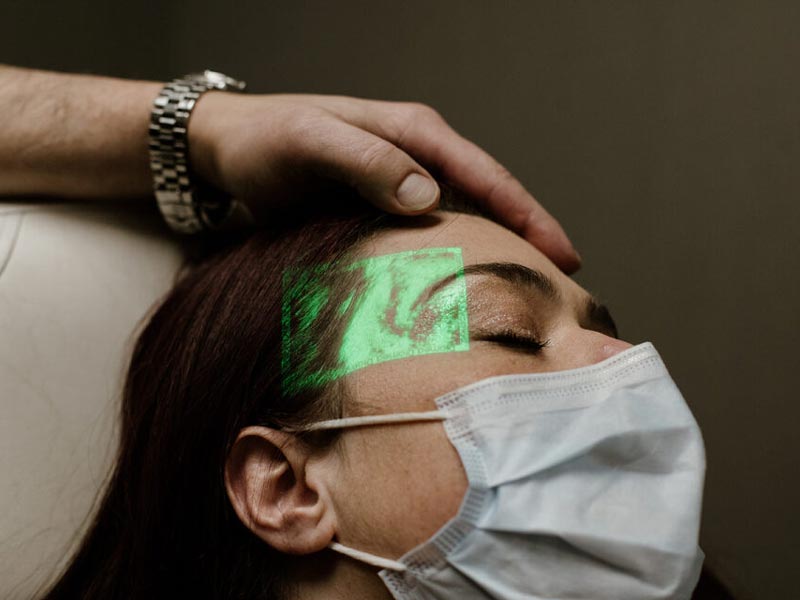Hair Transplant Correction Treatment IN THE GREATER EDMONTON AREA
Expert Corrective Hair Surgery at Advanced Hair & Skin Surgery
There are several situations where patients may need corrective hair transplant surgery, including:
- Past transplants now look unnatural either because of older large graft techniques done at that time or because of progressive hair loss, which has led to an unnatural look.
- Scarring from medical conditions or injury has caused a loss of hair in the scalp, eyebrow, eyelashes, mustache, or beard.
- Alopecia areata patches that have failed to regrow.
- Over-plucking of eyebrows, leading to long-term thinning or loss of the hair.
Good hair surgeons know a variety of techniques for correcting these situations. Excision and follicle recycling, softening of old grafts with follicular unit grafts, scar revision, and scar grafting are commonly used by Dr. Elliott to repair and reconstruct these situations. The bottom line is that, in his experience, anything can be fixed when it comes to hair repair at Advanced Hair & Skin Surgery in Edmonton and Sherwood Park, AB. Call us to schedule an appointment today!

What Areas Can Be Treated?
What Is Hair Transplant Surgery?
FUT (Follicular Unit Transplantation)
FUE (Follicular Unit Extraction)
Recovery Expectations & Risks
You can expect a few things in the days and weeks following your corrective hair surgery. Because your scalp is expected to be tender, you may need to take pain medication for a few days. After the surgery, your surgeon will have you wear bandages over your scalp for at least one or two days. They may also prescribe an anti-inflammatory drug or antibiotic for you to take. Most patients find they can return to work two to five days following the procedure.
Within two to three weeks, your transplanted hair will fall out, and you should start to notice new growth within a few months. Most people will see 60 percent of new hair growth within six to nine months. Some surgeons prescribe their patients the hair-growing drug minoxidil (Rogaine) to increase hair growth following the procedure.
Common Hair Transplant Procedures
Currently, the two common hair transplant procedures are follicular unit extraction (FUE) and follicular unit transplantation (FUT). Dr. Elliott offers both techniques, and each technique has its advantages and disadvantages.
If you’re considering corrective hair surgery and aren’t sure about your type of hair loss, you should consult with your dermatologist about your treatment options. Several different types of hair loss can be managed with hair transplant surgery, from scarring alopecia to female pattern hair loss.

Why Choose Advanced Hair & Skin Surgery?
Whether you’re looking for a hair transplant, cosmetic procedure, or veins treatment in Edmonton and Sherwood Park, Advanced Hair & Skin Surgery has you covered. Our professional team focuses on providing state-of-the-art medical, cosmetic, and surgical treatments with a personal touch. You will never feel rushed or pressured in our comfortable and welcoming environment. Contact us today to get the professional care you deserve.